16 Anime Couples Fans Love to Hate
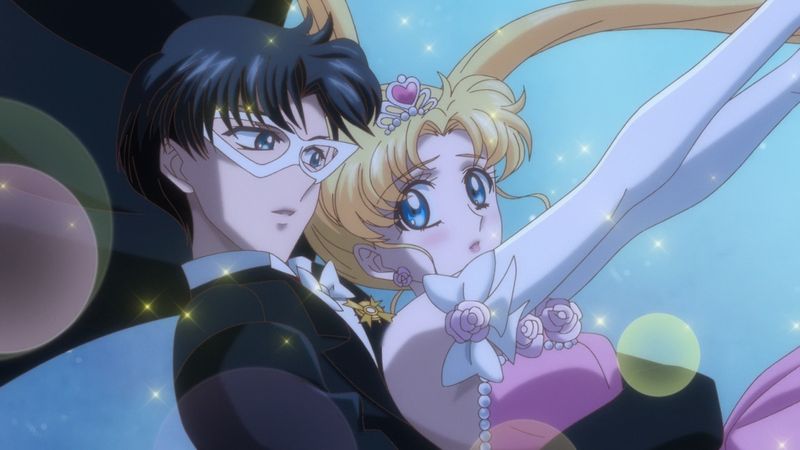
Anime romances can be beautiful, heartwarming, and inspiring. But not every relationship gets a standing ovation from the fandom. Some couples spark heated debates, endless forum arguments, and passionate criticism from viewers who just can’t get behind their chemistry or choices. Whether it’s toxic dynamics, poor character development, or simply mismatched personalities, these pairings have earned a special place in the hearts of fans who love to critique them.
1. Sasuke Uchiha & Sakura Haruno – Naruto

Many viewers struggle to understand why Sakura remained devoted to Sasuke despite years of rejection and abandonment. Throughout the series, Sasuke repeatedly pushed her away, attempted to harm her, and showed little regard for her feelings. Sakura’s unwavering love seemed more like an unhealthy obsession than genuine affection.
Fans argue that Sakura deserved someone who valued her strength and loyalty from the beginning. Sasuke’s redemption arc didn’t fully convince everyone that he had earned her devotion. Their eventual marriage felt rushed and unearned to many longtime viewers.
The relationship became a symbol of one-sided love that frustrated audiences who watched Sakura grow into a powerful ninja, only to see her emotional growth seemingly stagnate around her childhood crush.
2. Yuno Gasai & Yukiteru Amano – Future Diary (Mirai Nikki)
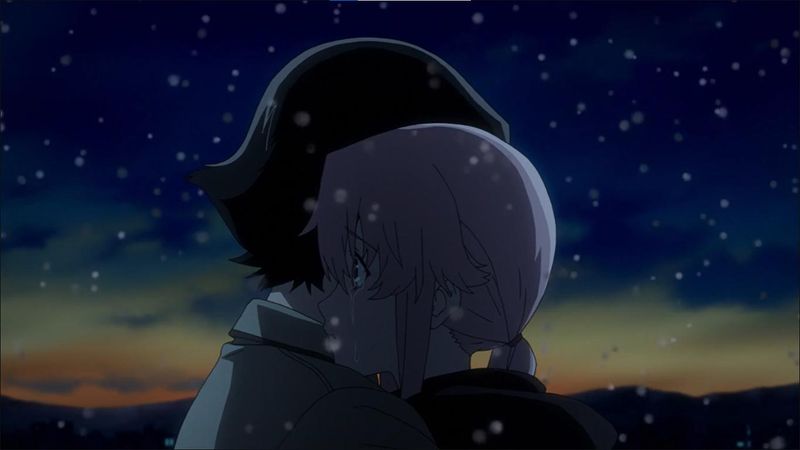
Yuno’s obsessive, violent behavior toward Yukiteru represents one of anime’s most extreme examples of toxic romance. She kidnaps him, murders anyone who gets close to him, and manipulates his emotions throughout their deadly survival game. Her famous yandere personality made her iconic, but also deeply disturbing.
Yukiteru remains terrified of Yuno for much of the series, yet their relationship is framed romantically. Fans criticize how the show romanticizes stalking, possessiveness, and violence as expressions of love.
While some viewers appreciate the psychological horror elements, others find the relationship uncomfortable and unhealthy. The couple’s dynamic sparked countless debates about whether their connection could ever be considered genuine love or simply mutual dependence born from trauma and survival instinct.
3. Ichigo Kurosaki & Orihime Inoue – Bleach
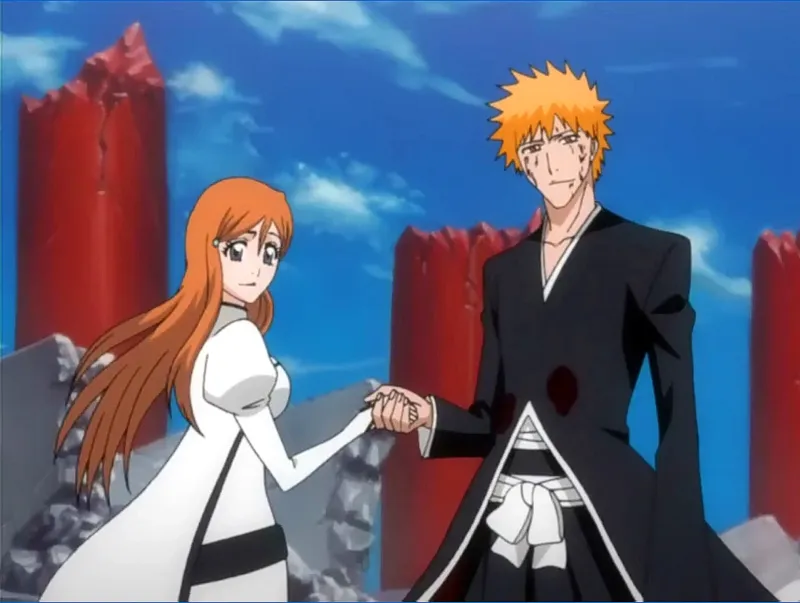
The pairing of Ichigo and Orihime caught many fans off guard when it became canon. Throughout most of Bleach, their romantic chemistry felt minimal compared to Ichigo’s dynamic with Rukia. Orihime’s feelings seemed one-sided for hundreds of episodes, with Ichigo rarely acknowledging her romantic interest.
Critics point out that Orihime’s character often revolved around her love for Ichigo rather than her own development. Her powerful abilities took a backseat to her role as the damsel needing rescue.
Fans who shipped Ichigo with Rukia felt betrayed by the ending, arguing that Rukia and Ichigo shared deeper emotional bonds and better character chemistry throughout the series. The debate continues years after the manga’s conclusion.
4. Light Yagami & Misa Amane – Death Note

Light’s treatment of Misa stands as one of anime’s most manipulative relationships. He never loved her, viewing her only as a useful tool in his plans to become god of the new world. Light exploited Misa’s genuine devotion, erased her memories multiple times, and planned to eventually dispose of her.
Misa willingly sacrificed half her lifespan twice for someone who didn’t care about her wellbeing. Her blind loyalty frustrated viewers who wanted her to recognize Light’s manipulation.
The relationship highlights the dangers of one-sided devotion and emotional abuse. Fans sympathize with Misa’s tragic fate while criticizing how her intelligence diminished around Light. Their dynamic serves as a cautionary tale rather than a romance worth celebrating.
5. Eren Yeager & Mikasa Ackerman – Attack on Titan

Mikasa’s protective devotion to Eren dominated her character throughout most of Attack on Titan, leading to criticism that she lacked independence. Eren frequently dismissed her feelings and pushed her away, creating an imbalanced dynamic. His eventual transformation into the story’s antagonist complicated their relationship further.
Fans debate whether Mikasa’s attachment stemmed from genuine love or Ackerman genetics. Eren’s harsh treatment of her in later seasons hurt viewers who rooted for them.
The series finale attempted to address their feelings, but many found it too little, too late. Some appreciated the tragic, bittersweet conclusion to their story, while others felt Mikasa deserved better than spending her life mourning someone who caused so much destruction and pain.
6. Nana Ōsaki & Ren Honjo – NANA

Rock star romance sounds glamorous until addiction, jealousy, and codependency enter the picture. Nana and Ren’s passionate relationship suffered from poor communication, substance abuse, and the pressures of fame. Their love felt genuine but ultimately destructive to both parties.
Ren’s drug use spiraled as their relationship progressed, while Nana struggled with abandonment issues that made her push him away. Neither could provide the stability the other needed.
Fans recognize the realistic portrayal of how love alone can’t fix deeper personal problems. Their tragic story resonated with viewers but also frustrated those who watched two talented individuals destroy themselves. The relationship serves as a heartbreaking reminder that sometimes love isn’t enough without personal growth and healing.
7. Lucy (Nyu) & Kouta – Elfen Lied
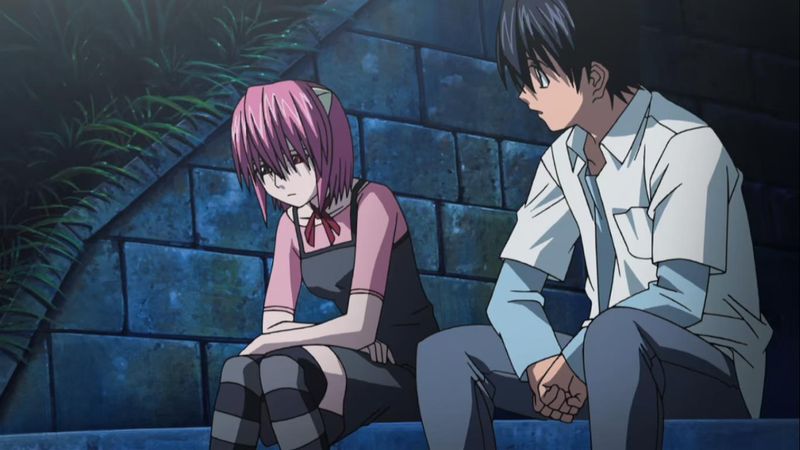
Building a romance on lies, trauma, and repressed memories creates a shaky foundation at best. Kouta couldn’t remember that Lucy murdered his father and sister, while Lucy’s split personality as innocent Nyu complicated matters further. Their childhood connection couldn’t erase the horrific violence between them.
Fans question whether forgiveness was possible or even appropriate given the magnitude of Lucy’s actions. The relationship romanticizes extremely problematic dynamics involving murder and memory manipulation.
Some viewers appreciate the tragic, complex exploration of nature versus nurture. Others find the romantic framing of their relationship deeply uncomfortable. The series asks whether love can transcend unforgivable acts, but many fans answer with a resounding no, arguing that some betrayals are simply too great.
8. Domyouji Tsukasa & Makino Tsukushi – Boys Over Flowers (Hana Yori Dango)

Domyoji’s initial behavior toward Tsukushi included bullying, harassment, and using his wealth to intimidate her. His entitled attitude and explosive temper made him an unlikely romantic lead. The series frames his aggressive pursuit as passionate romance, which many modern viewers find problematic.
Tsukushi’s fierce independence made her likable, but fans question why she fell for someone who treated her so poorly at first. His gradual change felt insufficient to some viewers.
The story popularized the rich, arrogant male lead trope that dominated shoujo manga for years. While Domyoji’s character development improved throughout the series, critics argue that his early actions shouldn’t be forgiven so easily. The relationship sparked discussions about what constitutes acceptable behavior in romance narratives.
9. Hiro & Zero Two – Darling in the Franxx
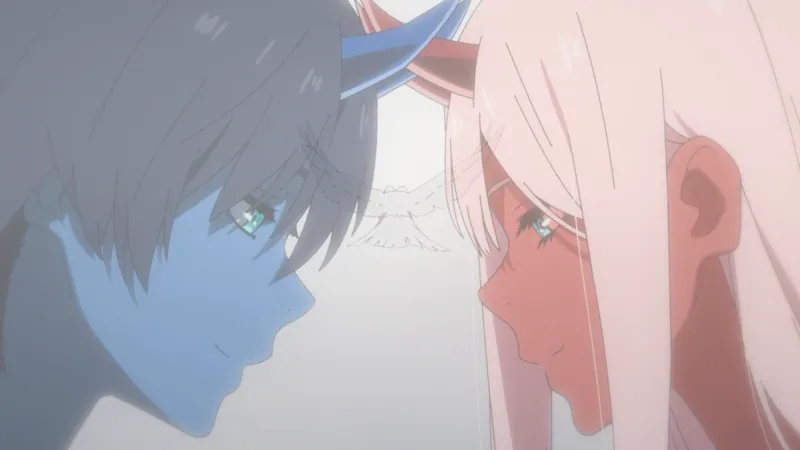
Zero Two’s tendency to drain the life force from her partners made her a literal danger to Hiro’s health. Their rushed romance developed quickly, with Hiro willing to die for someone he barely knew. The intensity felt more like infatuation than mature love.
Fans divided sharply over whether their connection justified the sacrifices demanded. Zero Two’s manipulative behavior early on troubled viewers, even after her backstory provided context.
The series’ controversial ending, where they died and reincarnated, felt like a cop-out to many. Some found their devotion romantic and tragic, while others saw codependency and poor decision-making. The debate highlighted different perspectives on what makes a relationship worth celebrating versus criticizing in anime storytelling.
10. Irie Naoki & Kotoko Aihara – Itazura na Kiss

Naoki’s cold, dismissive treatment of Kotoko lasted for most of their relationship, making viewers wonder why she persisted. He insulted her intelligence, ignored her feelings, and showed minimal affection even after marriage. Kotoko’s cheerful determination bordered on obsession as she pursued someone who seemed to barely tolerate her.
Critics argue that the series normalizes emotional neglect and presents it as something love can overcome. Naoki’s rare moments of kindness felt insufficient compared to his constant coldness.
While some fans appreciate Kotoko’s optimism and Naoki’s eventual softening, others find the dynamic frustrating and outdated. The relationship raises questions about self-respect and whether changing someone through persistent affection is romantic or simply exhausting for everyone involved.
11. Vegeta & Bulma – Dragon Ball Z / Super
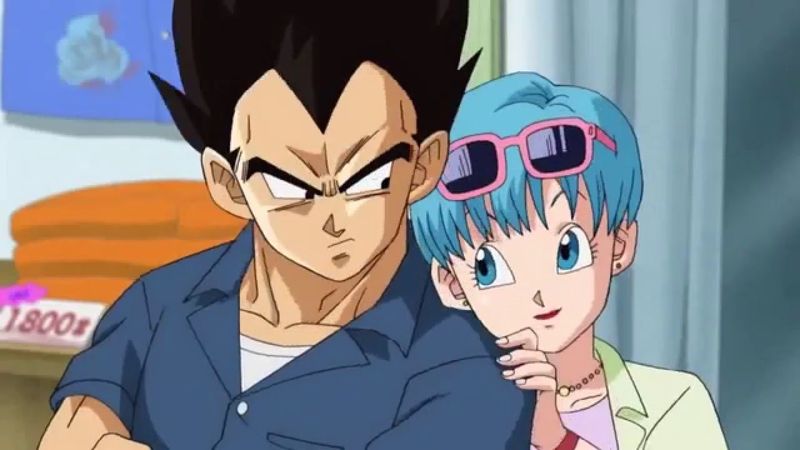
Nobody expected the proud Saiyan prince and the brilliant inventor to become a couple, and their relationship development happened almost entirely off-screen. Vegeta’s harsh personality and initial villainy seemed incompatible with family life. Their romance appeared suddenly without much explanation.
Bulma’s attraction to dangerous bad boys created an unusual family dynamic. Vegeta’s emotional growth happened slowly, and he remained distant for years.
Fans debate whether their relationship works or simply exists because the plot demanded it. Some appreciate how Bulma softened Vegeta over time, while others question the foundation of their connection. Their son Trunks added complexity, but critics argue that having a child doesn’t automatically make a relationship healthy or well-developed in storytelling terms.
12. Shinji Ikari & Asuka Langley Soryu – Neon Genesis Evangelion

Two deeply traumatized teenagers with severe emotional issues couldn’t provide what the other needed. Shinji’s crippling self-doubt clashed with Asuka’s desperate need for validation and superiority. Their interactions ranged from hostile to desperately codependent, never finding healthy middle ground.
The infamous hospital scene in End of Evangelion cemented their relationship as one of anime’s most disturbing. Neither character was capable of genuine intimacy or emotional vulnerability.
Fans recognize that their dysfunction was intentional, exploring how damaged people hurt each other. However, this doesn’t make their dynamic any less painful to watch. The relationship serves as a psychological study rather than romance, showing how trauma prevents genuine connection when left unaddressed.
13. Inuyasha & Kikyo – Inuyasha
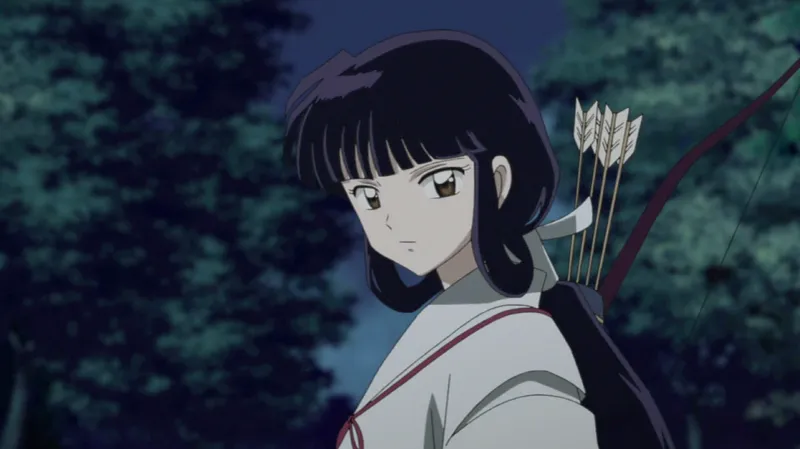
Betrayal, death, and resurrection created an impossibly complicated love triangle. Kikyo’s return as an undead priestess filled with hatred toward Inuyasha poisoned any chance of rekindling their romance. Their relationship was built on tragedy and misunderstanding from the start.
Inuyasha’s inability to let go of Kikyo while developing feelings for Kagome frustrated fans on all sides. Kikyo’s cold demeanor and vengeful actions made her difficult to sympathize with despite her tragic circumstances.
The relationship highlighted how past love can haunt the present in destructive ways. Many viewers preferred Inuyasha with Kagome, finding his attachment to Kikyo’s memory tiresome. Their story became a cautionary tale about clinging to what can never be instead of embracing new possibilities.
14. Kirito & Asuna Yuuki – Sword Art Online

Critics argue that Kirito and Asuna’s relationship developed too quickly and relied heavily on wish-fulfillment fantasy. Their romance blossomed during a death game, which some find romantic while others see as poor timing. Asuna’s character seemed to diminish after their relationship began, shifting from capable warrior to damsel in distress.
The Fairy Dance arc particularly frustrated fans when Asuna was imprisoned and needed rescuing. Her reduced agency contradicted her earlier characterization.
Supporters appreciate their genuine affection and commitment, while detractors find them bland and overpowered. The relationship sparked debates about gender roles in anime and whether Asuna’s treatment undermined her character. Their status as a power couple divides audiences between those who find them goals-worthy and those who find them boring.
15. Haruno Yukino & Hachiman Hikigaya – My Teen Romantic Comedy SNAFU (Oregairu)
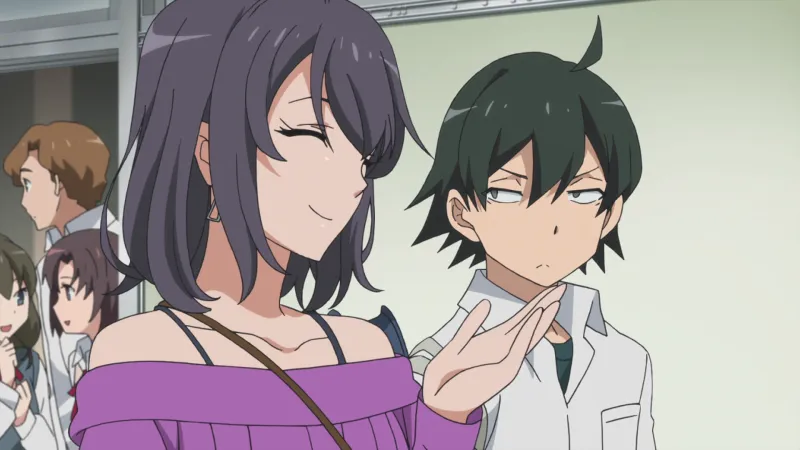
Both characters’ emotional walls and communication issues created a frustrating will-they-won’t-they dynamic that tested viewer patience. Hachiman’s self-sacrificing tendencies and Yukino’s pride prevented honest conversations for seasons. Their relationship felt like watching two people stubbornly refuse to acknowledge their feelings.
Fans debated endlessly whether Hachiman belonged with Yukino or Yui, creating intense shipping wars. Yukino’s cold exterior and difficulty expressing emotions made some viewers prefer other options.
The series’ focus on genuine connection made their eventual relationship meaningful to supporters. However, critics found the journey unnecessarily complicated and the payoff insufficient. Their dynamic works for viewers who appreciate slow-burn, realistic romance, but frustrates those who prefer clearer emotional progression and better communication between partners.
16. Usagi Tsukino & Mamoru Chiba (Sailor Moon & Tuxedo Mask) – Sailor Moon

The significant age gap between middle-schooler Usagi and college student Mamoru raised eyebrows among modern viewers. Their early interactions consisted mainly of him teasing and insulting her, which doesn’t scream romance to many fans. The relationship relied heavily on their destined past-life connection rather than present compatibility.
Mamoru’s personality often felt bland compared to Usagi’s vibrant character. His constant need to rescue her reinforced dated gender dynamics that haven’t aged well.
While their destined love story charmed many viewers, others question whether destiny justifies overlooking problematic elements. The relationship works better as fairy tale romance than realistic partnership. Fans remain divided between nostalgic appreciation and critical modern perspectives on their dynamic and age difference throughout the series.

Comments
Loading…